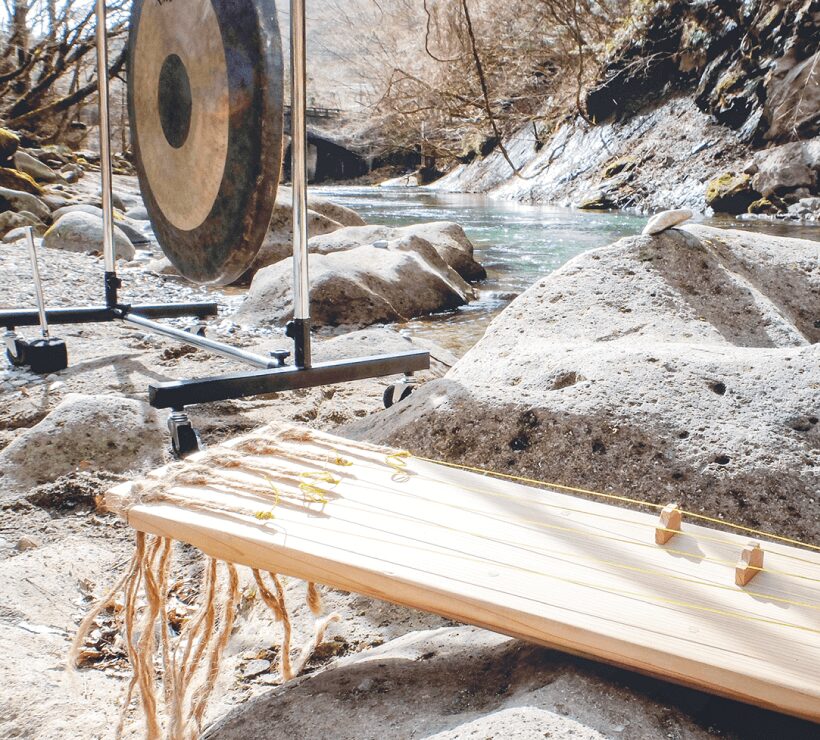Let's listen to the sounds of traditional Japanese music in a casual way,
without discussing difficult music theory, detailed genre classification, or the history of Japanese music here.
We want to play a role in connecting people around the world with traditional Japanese music.
If you are interested in recording Japanese traditional music, listening to experts, or anything else, please contact us!
Gagaku is a mixture of the ancient indigenous music of Japan and influences from the Korean peninsula and mainland China
that flowed into Japan about 1,400 years ago,
and matured into a form unique to Japan during the Heian period (794-1185).
Introduction to Gagaku ( Japanese Imperial Court Music )
Shomyo is a Buddhist text with verses that are chanted as if sung by monks.
In this video, you can also hear a bit of a new Shomyo by the talented composer Yasuno Miyauchi.
There are many types of biwa, each with its own unique musical characteristics.
Here we present a video of Kyokuho Kawamura , a chikuzen biwa player.
Noh is a classical art form that was perfected in the Muromachi period (1336-1573) and
has developed a unique style over the past 600 years.
It has many characteristics such as Noh masks, musical accompaniment, and a unique sense of time.
The music of Okinawa, the southernmost island of Japan, has a uniqueness that is different from that of mainland Japan.
I personally love Okinawan music and have many records, including those of Rinsho Kadekaru.
Jiuta is a form of shamisen music performed in western Japan during the Edo period.
It has a long history of being composed and performed by musicians who are blind.
Koto music is a general term for music using "koto".
It is broadly divided into Ikuta-ryu koto music and Yamada-ryu koto music.
There are many types of shamisen and a wide variety of music.
The Tsugaru shamisen is one of them, which spread mainly in Aomori Prefecture.
Although similar in form to the shamisen, the kokyu is played by rubbing the strings with a bow.
Personally, I feel that the kokyu has a Japanese yet Chinese mainland feel to it, and at the same time, it is a melancholy instrument.
A type of woodwind instrument.
It is played by placing the lips directly on the utaguchi, which is made by cutting the upper end of the bamboo at an angle.
It was originally introduced from Tang China during the Nara period (710-794) as an instrument for gagaku (ancient court music).
Although it disappeared from Gagaku performances in the 12th century, it is said to have been played by komuso monks during the Edo period (1603-1867), who toured around the country playing it in place of sutra chanting.
Music by the Ainu people, an indigenous people around the northern part of the Japanese archipelago, especially in Hokkaido.
I personally love this music and have many favorite artists.
Music of the post-Paleolithic period in Japan.
In Japan, Mr. Toshiyuki Tsuchitori has researched and published many sound sources and other materials.
We want to play a role in connecting people around the world with traditional Japanese music.
If you are interested in recording Japanese traditional music, listening to experts, or anything else, please contact us!
